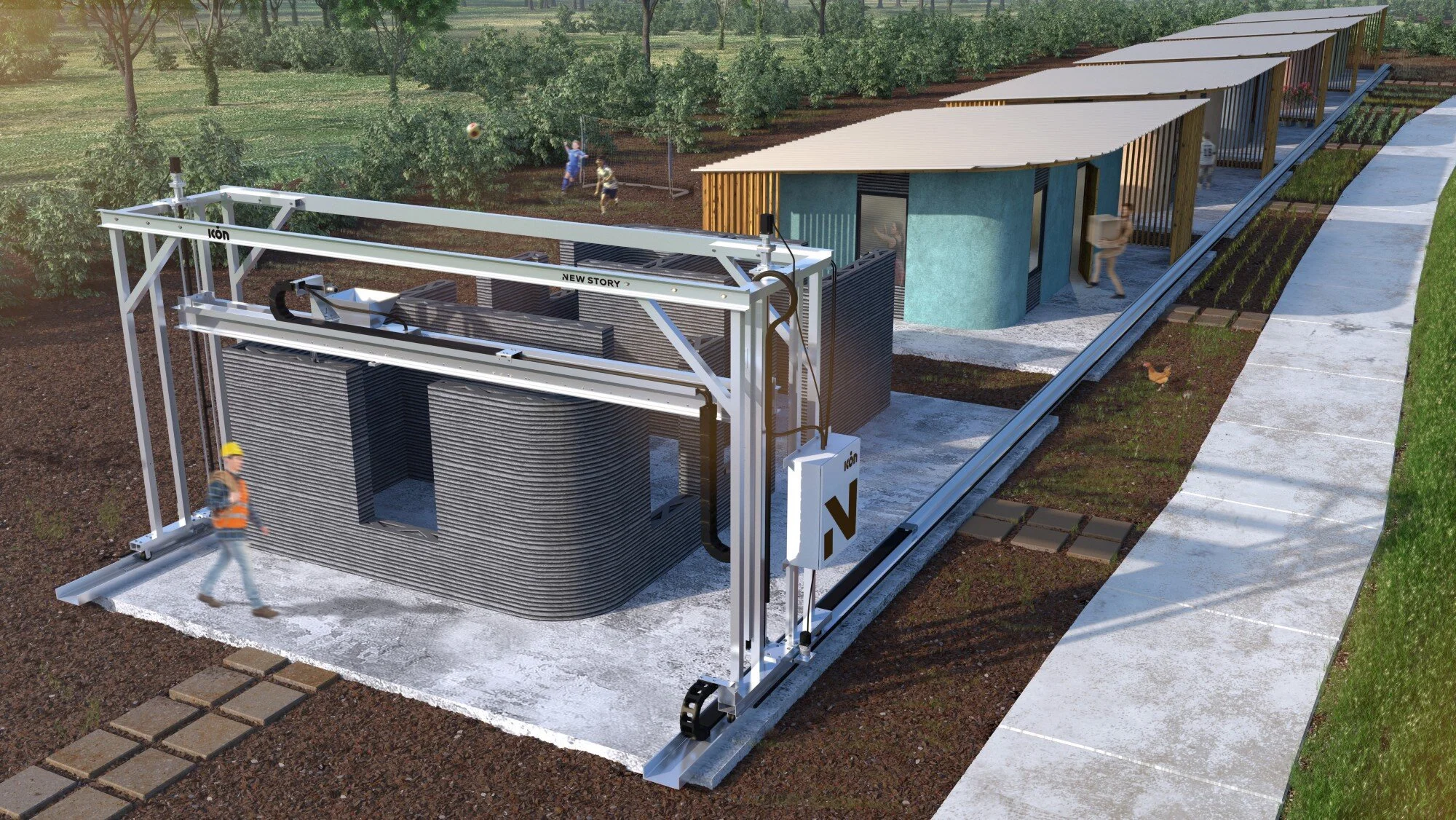(Photo Credit Maxwell Anderson)
I have been on a much-needed sabbatical for the month of June - and it’s been so great to recharge my batteries. It’s been a long time since I’ve taken so much time to relax and just see what each day brings. Make sure as you advance in your career that you build in time to recharge so you can keep ascending! I’ll have another announcement in my next newsletter - so stay tuned!
#techtopic
My early exposure to ‘maker shops’ came in the form of laser-cut toast and party invitations. My friend Ali opened a maker studio in Cambridge and we got individual invitations that were intricate and beautiful. (Check out this Wired article to see how OKGo, toast & YouTube figured into the story.) While the shop didn’t stay open that long, it was a fun place to visit & tinker with expensive machines, wood, and leather. It also got me exploring other types of ‘maker tools,’ namely 3D printers, another key item in many maker studios.
3D printing (aka additive manufacturing) is a process for making a physical object from a 3-dimensional digital model. The sheer range of physical objects that can be created in terms of size, shape, and materials used is mind-boggling at this point.
For a brief period of time, all engineers and tinkerers that I knew wanted their own 3D printer for the home. Full stop. Not just available at a maker studio, they wanted access at home. However, many of the home kits fail or don’t produce the level of quality expected. We’ve definitely seen this consumer trend tail off - and most 3D printing efforts have focused on professional or enterprise usages.
I’ve seen a lot of growth in 3D printed housing for reasons of sustainability and affordability. I was first introduced to this concept via my friend Max, when Icon, a company he invested in, printed its first house in 24 hours at SXSW in 2018. (Max also linked to many additional articles if you’d like to learn more about 3D printing and the developing world.) Mighty Buildings is a startup also trying to address the housing shortage with tiny backyard houses. And you can also use 3D printing to create uniquely designed houses made out of dirt as well.
3D printing also has important applications in the medical field, the military, and space. Healthcare organizations can use 3D printers to print cells, biomaterials, and even entire organs. The global 3D medical devices market is predicted to reach $3.2 Billion by 2026. The military units of multiple countries use 3D printing technology to help short circuit supply chain issues and save on expenses, by manufacturing what they need from small parts to large bunkers in the field. Relativity Space is expanding its facilities to offer reusable rockets, printed in much less time with 3D printing technology.
And now, we can even print nature! A bit esoteric, but you can use wood waste to print new wood that mimics endangered wood, thereby saving forests of endangered wood species. And of course, there are 3D printed steaks and other similar food items entering the market as the demand for plant-based alternatives to meat increases.
#random
Thomas Drambo makes sculptures of giants out of recycled materials. Have you checked out his Troll map?

